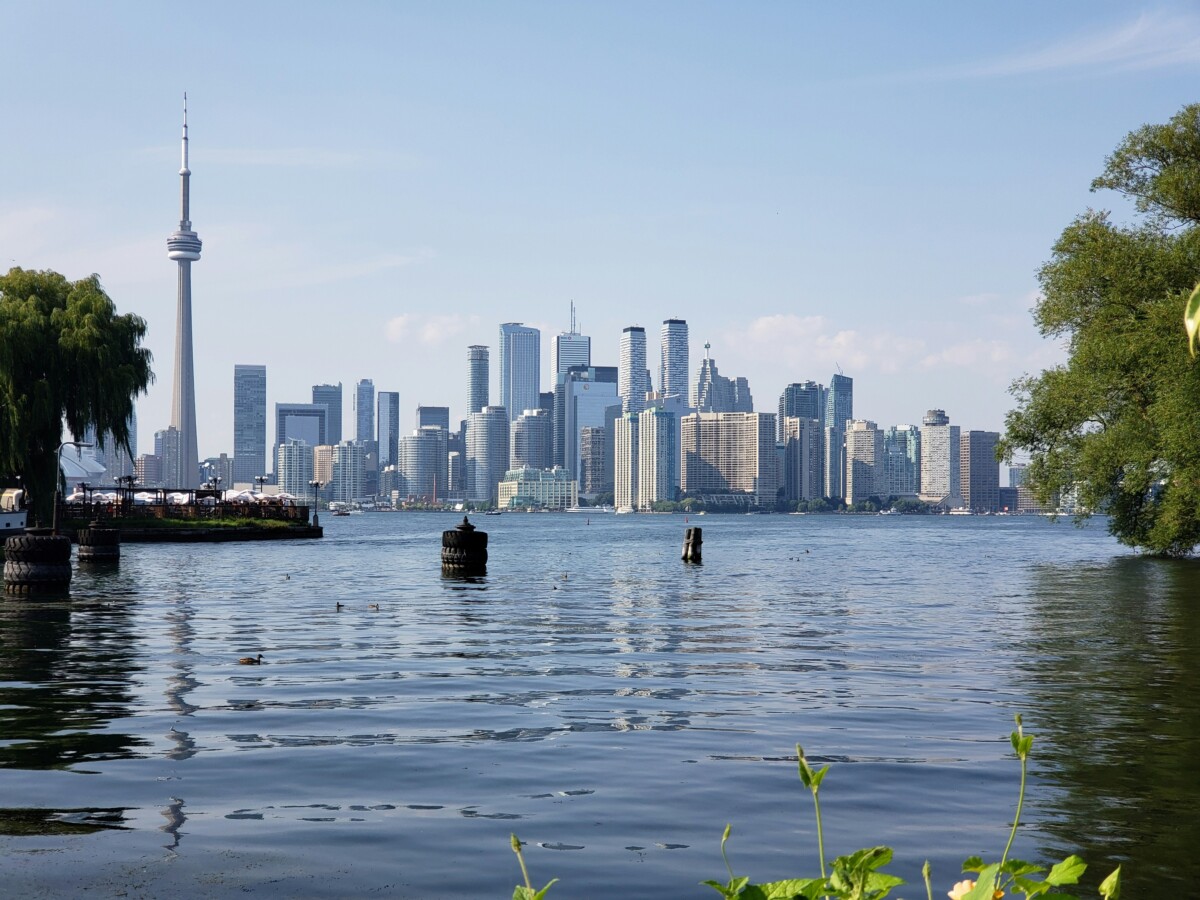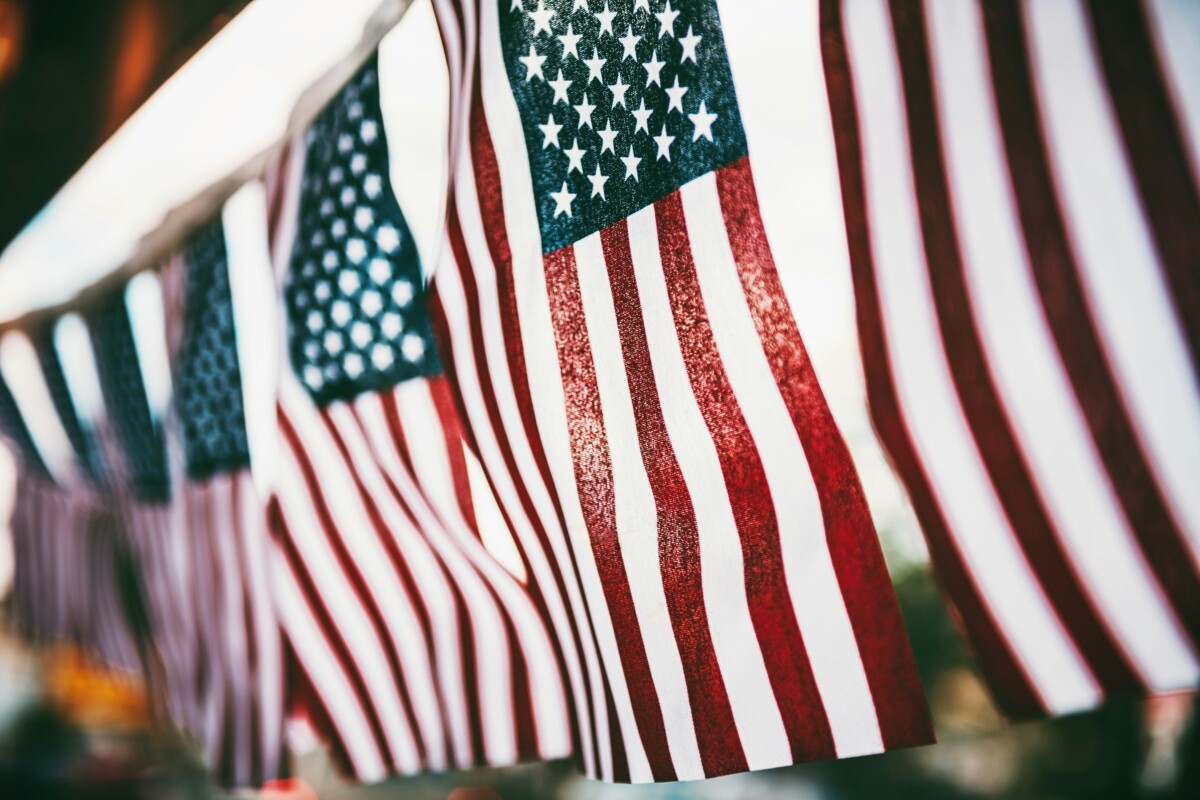
The Greenwashing Regulatory Landscape in North America in 2025.
Date: January 2025
Read time: 4 mins
Author: Charlie Martin
In 2025, greenwashing has become a key focus for regulators in North America. As more companies promote their environmental credentials, authorities in the United States and Canada are working harder to ensure businesses make accurate and truthful claims. Here we look at the regulatory efforts to tackle greenwashing, highlighting recent updates, challenges, and what lies ahead.
The United States: Updates to Rules and Enforcement
The FTC and the Green Guides
In the United States, the Federal Trade Commission (FTC) plays a key role in regulating environmental claims through its Green Guides. These guidelines were last updated in 2012, but in response to changing market conditions, the FTC began revising them in 2023. By 2025, the updated Green Guides set stricter requirements for companies making environmental claims, including:
- Specific Language: Broad claims like “green” or “eco-friendly” must now be backed by clear evidence and details.
- Recyclability and Compostability: Companies must accurately state if their products can be recycled or composted, and in what conditions.
- Carbon Neutrality Claims: Businesses must prove and disclose how they achieve carbon neutrality, including details about carbon offsets.
More Enforcement Actions
The FTC has significantly increased its enforcement of greenwashing rules. Over the last two years, it has fined several companies for misleading claims, such as overstating renewable energy use or falsely labelling products as biodegradable. These actions send a strong message that greenwashing will not be tolerated.
State-Level Regulations
Some U.S. states have introduced their own rules to tackle greenwashing. California has been a leader in this area, passing the California Truth in Environmental Advertising Act in 2024. This law requires businesses to verify their environmental claims through independent certification and penalises companies that mislead consumers. States like New York and Washington have also strengthened their green marketing laws.
Canada: New Rules and Stronger Enforcement
The Competition Bureau’s Role
In Canada, the Competition Bureau enforces rules to prevent false advertising, including greenwashing. In 2023, the Bureau updated its Environmental Claims Guide to reflect modern issues in sustainability. The guide now includes:
- Clearer Standards: Claims like “natural” or “sustainable” must be specific and supported by reliable evidence.
- Third-Party Certification: Environmental labels must come from reputable, independent organisations.
- Carbon Claims Transparency: Companies must explain how they calculate and offset carbon emissions.
Recent Cases
In the past two years, the Competition Bureau has taken action against several large companies for misleading environmental claims. For example, in 2024, a major clothing brand was fined for exaggerating the benefits of its recycled materials. Such cases show that Canada is serious about protecting consumers from greenwashing.
Provincial Efforts
Some Canadian provinces are also taking steps to address greenwashing. In Quebec, new laws require businesses to provide clear details about the environmental impact of products. British Columbia and Ontario are exploring similar measures to improve transparency.

Cross-Border Collaboration
The United States and Canada are increasingly working together to combat greenwashing. Regulators from both countries share best practices and strategies for handling cross-border cases. This collaboration aims to make it harder for multinational companies to use misleading claims in either market.
North America’s efforts also align with global trends. For example, the European Union and the United Kingdom have introduced strict rules for environmental marketing. These international frameworks provide valuable lessons and raise the bar for North American regulators.
Challenges in Combating Greenwashing
Despite progress, there are still challenges in tackling greenwashing:
- Inconsistent Rules: In the U.S., regulations differ between states, creating confusion for companies and consumers.
- Resource Constraints: Regulatory bodies like the FTC and Canada’s Competition Bureau often face limited resources, which can make it hard to monitor all claims.
- Evolving Tactics: As companies find new ways to market their products, regulators must stay ahead of emerging greenwashing techniques.
- Consumer Awareness: Many consumers still find it difficult to distinguish between genuine claims and greenwashing, highlighting the need for public education.
What’s Next?
Looking ahead, regulators in North America are likely to take further steps to address greenwashing. Key opportunities include:
- Unified Federal Laws: In the U.S., a national law targeting greenwashing could make rules clearer and more consistent.
- Public Education Campaigns: Governments and non-profits can help consumers understand how to identify truthful environmental claims.
- Technology and Data Tools: Using advanced tools to verify claims and monitor marketing practices could improve enforcement.
- Encouraging Voluntary Standards: Companies can work with third-party organisations to certify their sustainability efforts, building trust with consumers.


